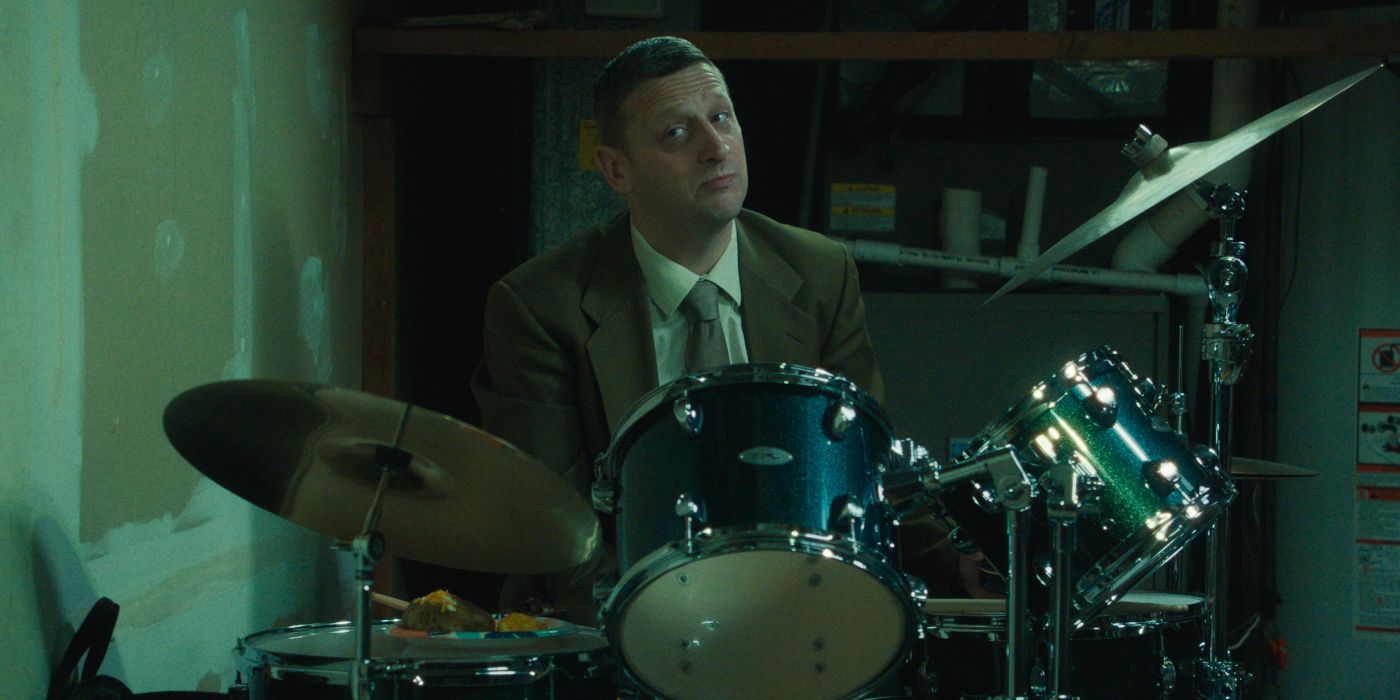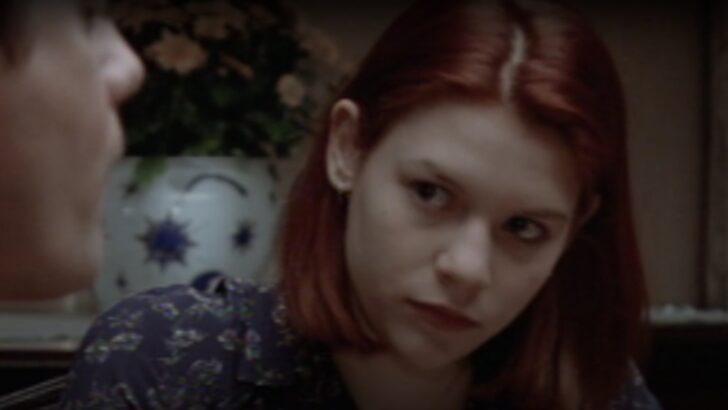Do We Really Need to Know the Killer? Rethinking the Columbo Formula

There’s something I’ve never loved about the way shows like Columbo, Elsbeth, and Poker Face are structured.
We know who did it before the detective even walks into the room.
The body’s still warm, the crime’s barely been committed, and the audience is already in on the secret.
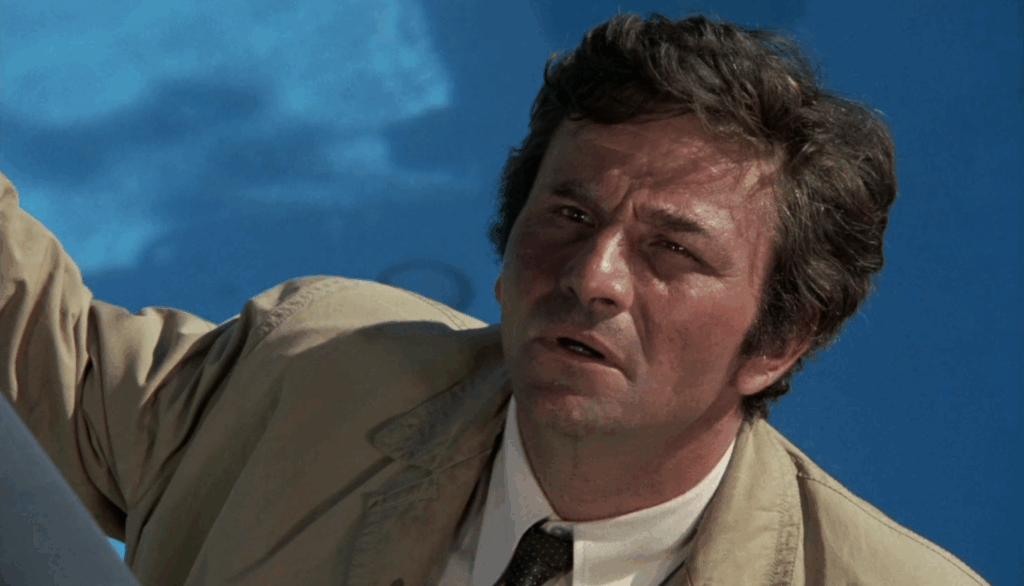
Sure, that’s the so-called “howcatchem” format — where the tension comes not from who did it, but from how the detective will pin them down.
And yes, Columbo perfected that structure decades ago. But let’s be honest: what really made Columbo work wasn’t the reveal. It was Columbo.
He wandered in looking tired, rumpled, and distracted. He fumbled with his notepad, scratched his head, and asked one more thing after the suspect thought they were in the clear.
The brilliance of Columbo wasn’t that we already knew the murderer. It was that the murderer never took him seriously — until it was far too late.
That same magic could work even better if we, the audience, weren’t so certain.

Imagine a show where the bumbling detective circles several suspects, each one equally viable. The audience would be just as unsure as the people on screen.
When our lovable, underestimated detective asks those awkward little questions, we’d be leaning in, trying to decide: is this a clue or a red herring?
Right now, successors like Elsbeth and Poker Face play it too safe. They think showing us the killer up front is the homage, when really it’s the shortcut.
It removes half the fun. Instead of testing theories or questioning motives, we sit back and watch the detective play catch-up.

And maybe that made sense when Columbo first appeared in the late ’60s.
Back then, TV crime-solving was still a novelty, and audiences were dazzled simply by watching a detective untangle the threads. But television has evolved.
We’ve spent decades swimming in murder mysteries of every shape and size.
We’re sharper now, hungrier for layers, less easily fooled by a breadcrumb trail. Ignoring that shift sells both the audience and the genre short.
Just look at Adolescence — hailed as a master class because it stretched the investigation over multiple episodes. At least in that first hour, we didn’t have certainty, and it was thrilling to sit in that uncertainty before the story unraveled.
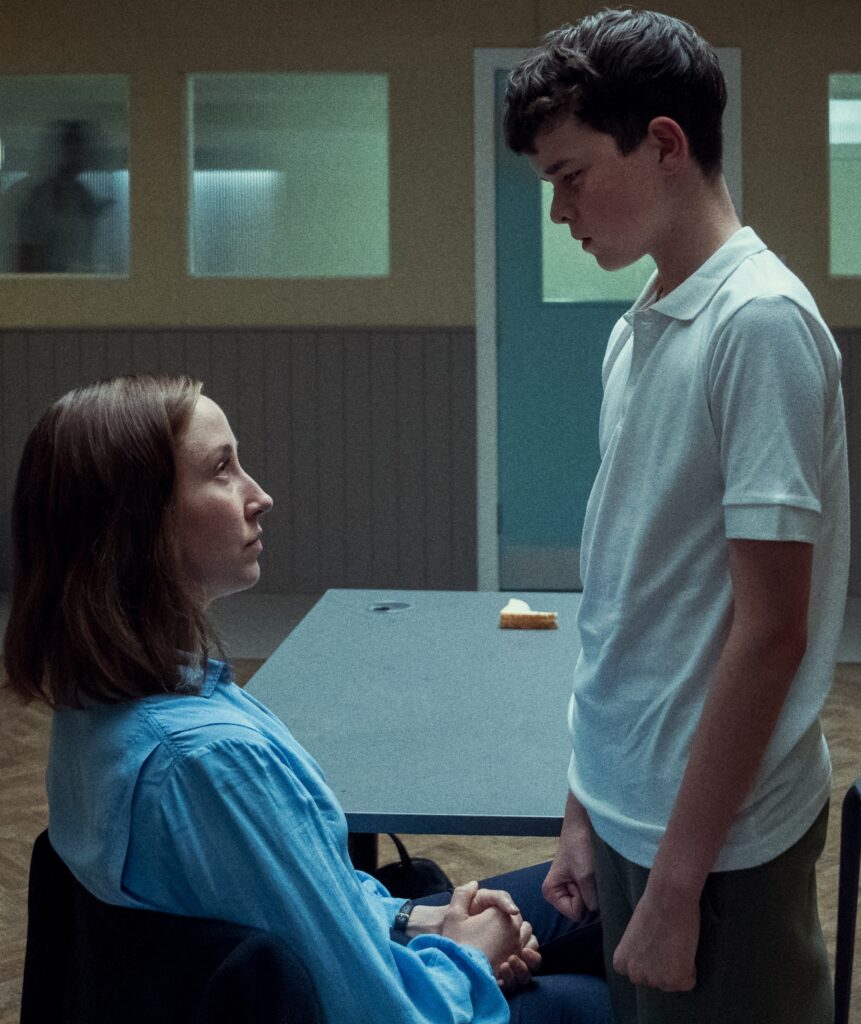
And frankly, the way we honor Columbo now makes the whole act look like shtick.
When we already know the truth, the detective’s quirks risk coming across as routine — almost a performance for our benefit, not genuine sleuthing.
That undersells both the character and the actor, who is forced to play against a reality the audience already has locked down.
Wouldn’t it be more satisfying if the detective’s skills — and the actor’s craft — were allowed to fool us, too? If we had the chance to be led astray before the real killer came into focus?
That way, we’d get to play detective alongside them, instead of just watching the dance we already know the steps to.
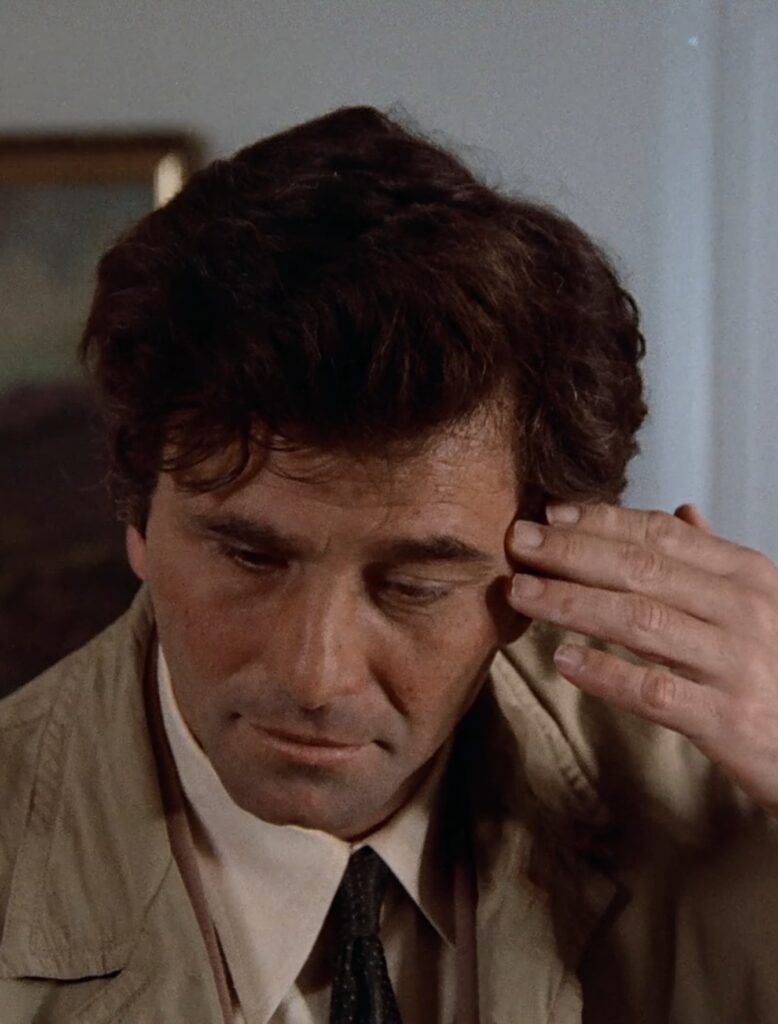
So let me ask: do we really have to know who did it for it to be a howdunnit?
Can’t we have both — the bumbling genius and the mystery intact?
Columbo didn’t need to give away the ending to keep us hooked. Neither should the shows that follow in his footsteps.
What do you think — would you rather know the killer up front, or would you enjoy bumbling alongside the detective until the very last reveal?
-
If Everything Gets A Reboot, Why Not My So-Called Life?
My So-Called Life is a beloved classic, but beloved classics get rebooted all the time. Why hasn’t this series been considered?
-
China Beach Is Finally Streaming. Here’s Why It’s Worth Revisiting Now
Dana Delany’s Emmy-winning drama China Beach is streaming at last. Here’s why the beloved series still resonates and deserves your time today.
-
Joshua Jackson & Katie Holmes’ Reunion Proves That Iconic Ships Are Forever
Pacey and Joey are reuniting! Well, actually, just Katie Holmes and Joshua Jackson, but that won’t stop us from reminiscing about our favorite Dawson’s Creek pairing!
The post Do We Really Need to Know the Killer? Rethinking the Columbo Formula appeared first on TV Fanatic.
What's Your Reaction?
 Like
0
Like
0
 Dislike
0
Dislike
0
 Love
0
Love
0
 Funny
0
Funny
0
 Angry
0
Angry
0
 Sad
0
Sad
0
 Wow
0
Wow
0











































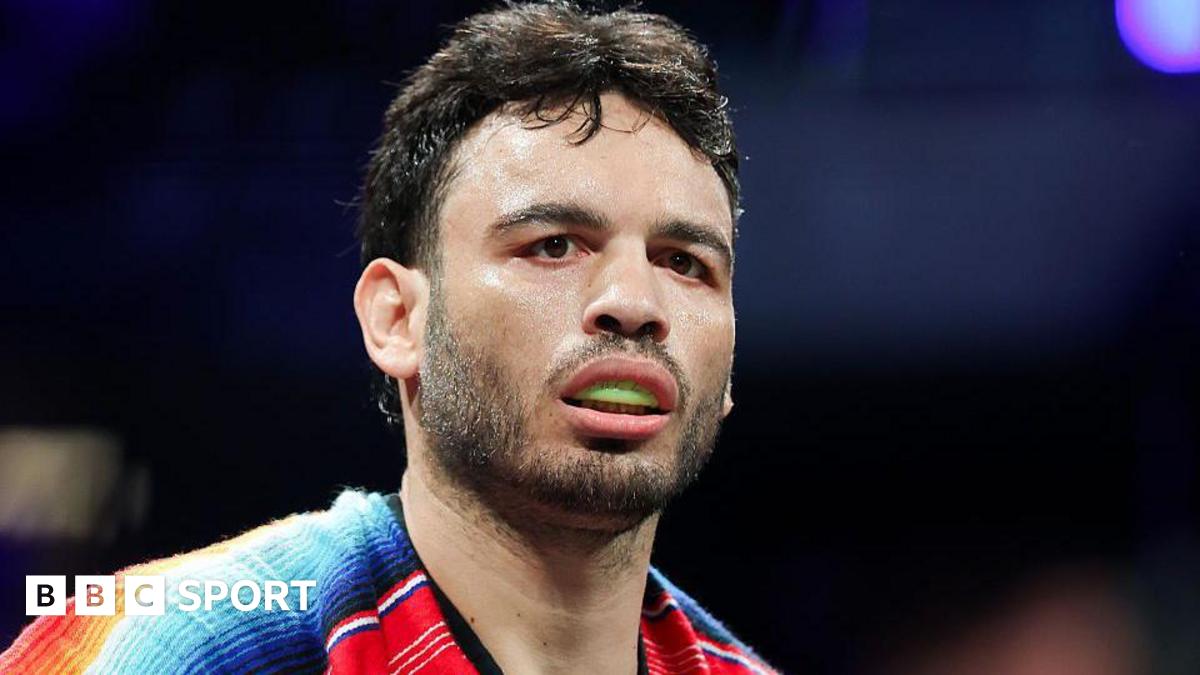
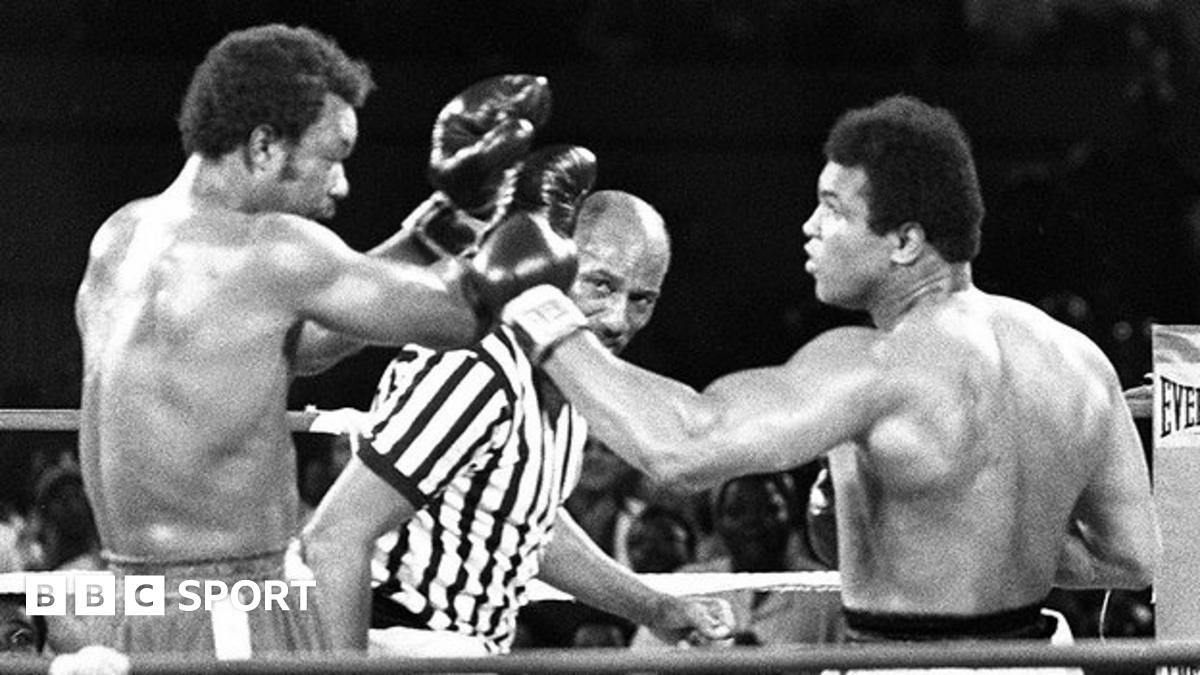

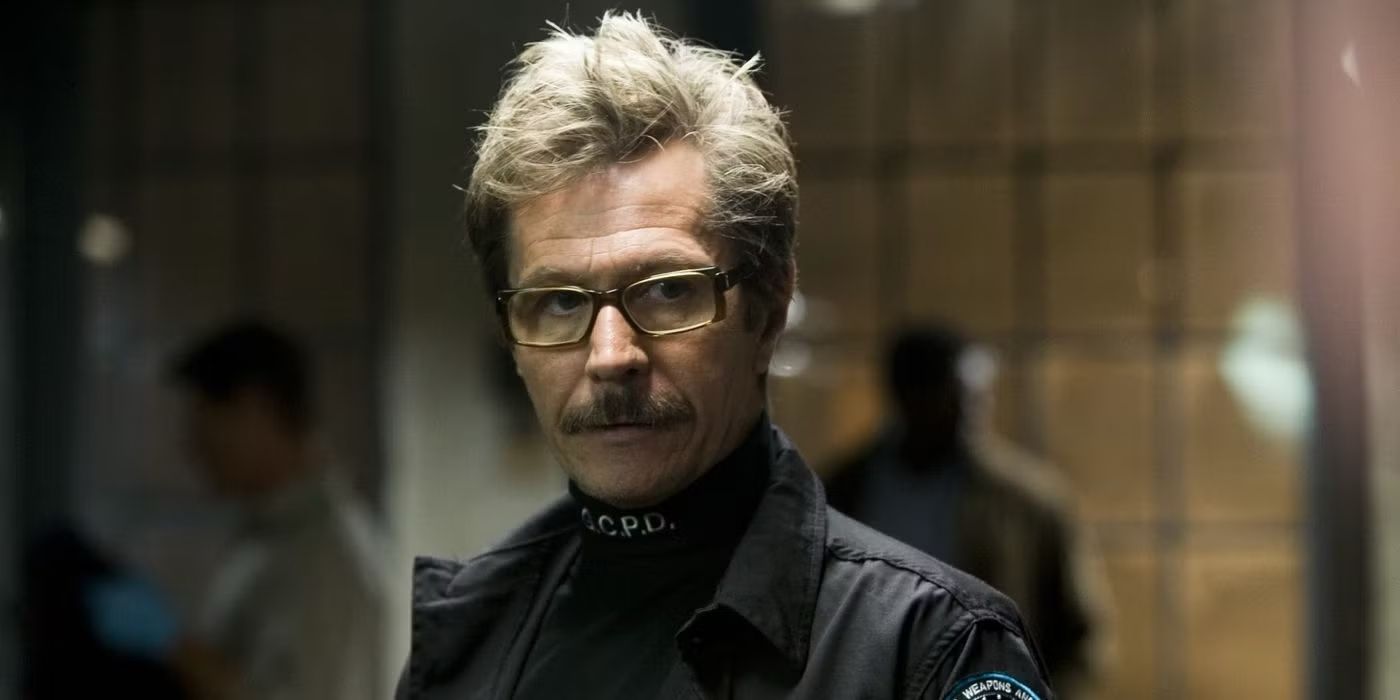


![[Premiere] Doller shares broody yet anthemic track "WHO HYPE? WHO BRUK?"](https://earmilk.com/wp-content/uploads/2025/08/Screenshot-2025-08-20-at-9.19.04-PM-800x687.png)



